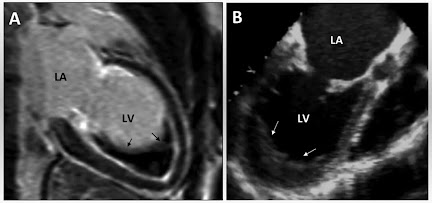Measles / Rubeola
Definition : It is an acute highly infectious viral disease caused by paramyxovirus and characterised by fever, cough and coryza. Followed by macular or maculopapular rashes starting from behind the ear and spread to face, trunk and limbs.
AGENT FACTORS
Agents : RNA paramyxovirus - only one serotype and can't survive outside the body.
Reservoir Of Infection : Man is obligate (only) host.
Source Of Infection : Case of measles (no carrier state to occur in measles) and sub-clinical cases are few.
Infective Material : Nasal secretions and Oropharyngeal secretions.
Period Of Communicability : Highly communicable in prolonged stage and early stage. 4-5 days before and after appearance of rashes.
HOST FACTORS
Age : It is a childhood disease, common age is 6 month to 3 years in developing countries and 5 year or more in developed countries.
Sex : Equal effect in both sexes.
Immunity : Single attack or vaccination, gives life long immunity.
Nutrition : 400 times more chances of getting infection in malnourished children in compare to well nourished children.
ENVIRONMENTAL FACTORS
Season : Throughout the year but more cases seen in winter season (Jan - April).
Area : Overcrowding area and unventilated houses.
Modes Of Transmission : Droplet infection, droplet nuclei and through conjunctiva.
Incubation Period :
- 14 days for rashes.
- 10 days for fever.
- 07 days for vaccine.
CLINICAL FEATURES
i. Prodromal stage :
- Fever.
- Cough.
- Coryza (running nose).
- Sneezing.
- Lacrimation.
- Conjunctivitis.
- Koplik's spot - Bluish white colored with red base spot of pin head size on buccal mucosa behind 1st and 2nd molar teeth. Koplik's spot are the pathogenic sign of measles.
ii. Eruptive stage : Rashes (dusky-red, macular or maculo-papular ) appear in four days after fever and distribute to face & neck and spread descending.
COMPLICATIONS
- Pneumonia.
- Otitis media.
- Encephalitis.
- Sub acute sclerosing pan encephalitis (SSPE).
- Malnutrition.
PREVENTION & CONTROL
- Early diagnosis.
- Isolation.
- Symptomatic treatment and supplementation of vitamin.
- Vaccine - Live attenuated vaccine, Single measles vaccine and combined vaccine (MMR- measles, mumps and rubella). Dose of vaccine - 0.5 ml / subcutaneously at the age of 9 month.
Related Posts :-






No comments:
Post a Comment
Please do not enter any spam link in the comment box